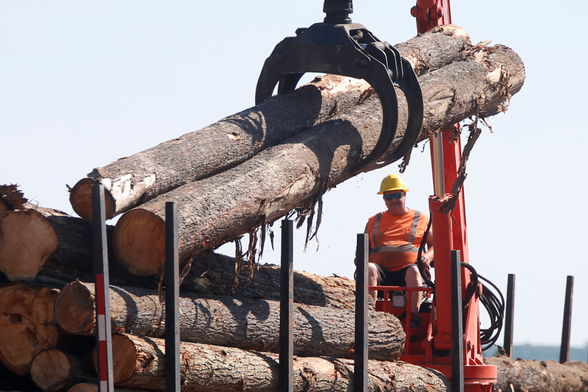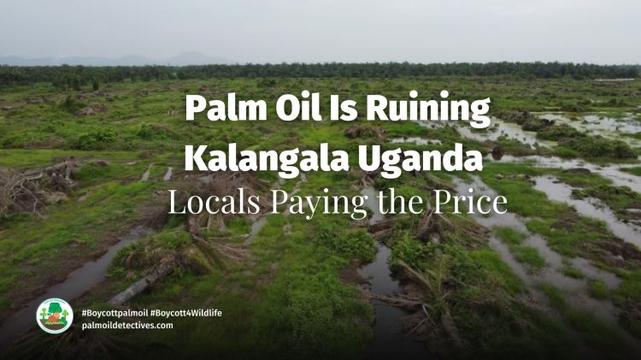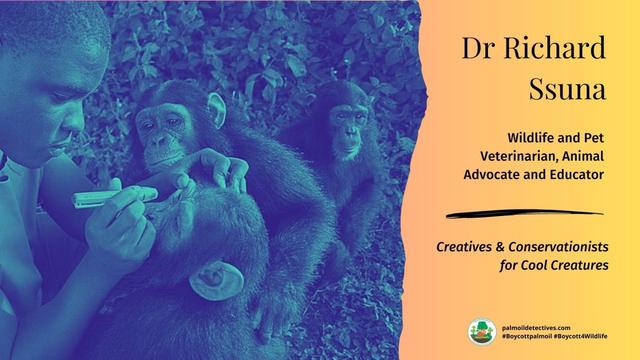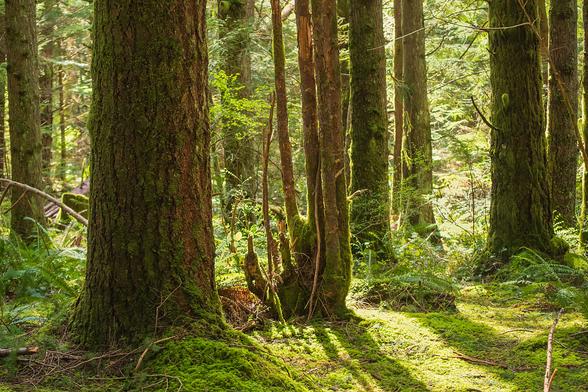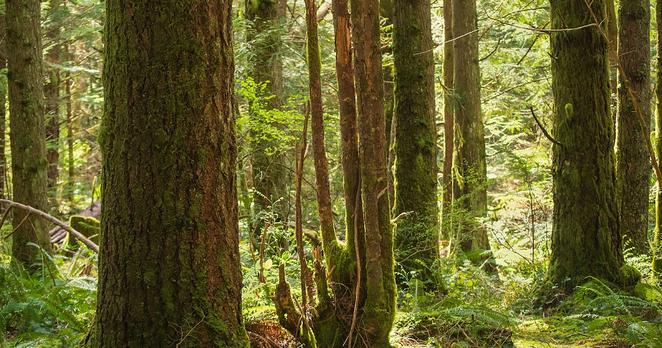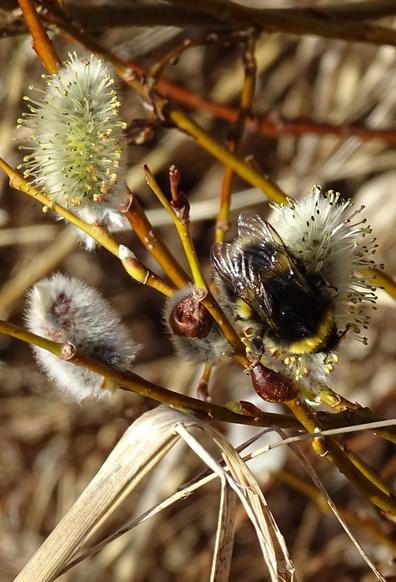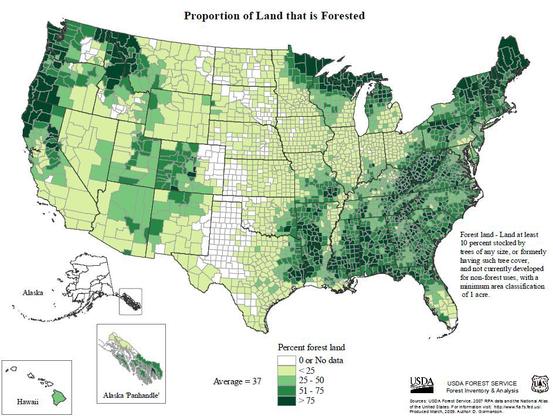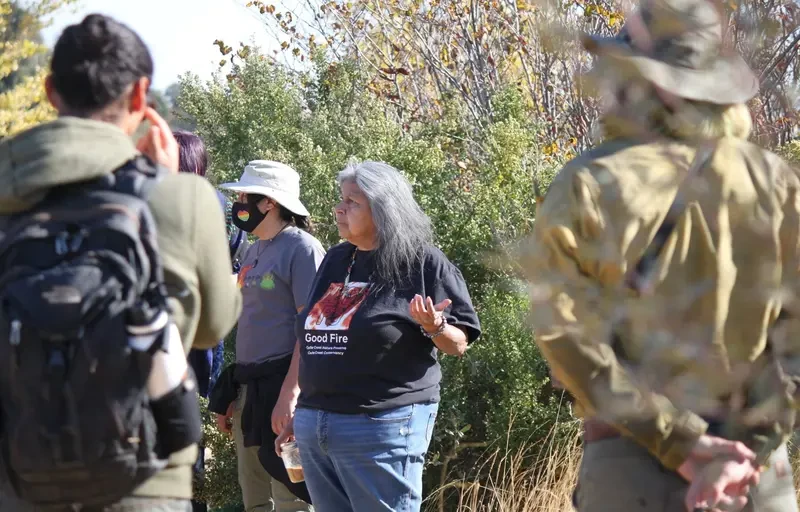Palm Oil Is Ruining Kalangala Uganda — Locals Paying the Price
A catastrophic storm in #Uganda’s Kalangala district left nearly 1,000 households homeless. The real culprit? Rampant #deforestation for #palmoil. Once rich in native forests that buffered storms, Kalangala is now a fragile landscape dominated by monoculture palm oil and #tobacco plantations that does not keep villages safe from climate induced flooding and severe storms. This human-caused disaster is a wake-up call: palm oil profits must never come before people and planet. Support #indigenous-led reforestation and demand corporate accountability for ecocide! #BoycottPalmOil #Boycott4Wildlife #HumanRights
#News: #Forests in #Kalangala #Uganda were cleared for #palmoil. Now owing to lack of tree cover, 994 households are homeless after a #climate disaster. Palm oil destroys homes and livelihoods #BoycottPalmOil #Boycott4Wildlife #HumanRights @palmoildetect https://wp.me/pcFhgU-bm3
Share to BlueSky Share to Twitter Editorial. (2025, March 26). Kalangala disaster and urgent need for environmental responsibility. The Observer. https://observer.ug/viewpoint/kalangala-disaster-and-urgent-need-for-environmental-responsibility
On 15 March 2025, Kalangala district in Uganda was devastated by one of the worst storms in recent memory—nearly 1,000 households were left homeless. But behind this climate catastrophe lies a man-made environmental disaster: deforestation for commercial palm oil plantations.
Once covered in lush, native forests that shielded communities from extreme weather, Kalangala has been stripped bare in recent decades. The clearance of biodiverse forests to make way for monoculture oil palm has left the region exposed, vulnerable, and unable to withstand the escalating effects of climate change.
Palm oil trees, unlike indigenous forest cover, offer little resistance to powerful winds. As a result, communities that once thrived in harmony with their environment are now suffering repeated climate-related trauma.
Uganda’s National Environmental Management Authority (NEMA) has been heavily criticised for its failure to conduct robust environmental impact assessments before approving forest clearance for palm oil expansion. This lack of oversight—fuelled by a reckless pursuit of economic profit—has eroded not just forests, but also the safety, wellbeing, and futures of local communities.
This disaster is not isolated. Across Uganda, and indeed the entire tropical belt, commercial land grabs for palm oil and other export crops continue to displace communities, destroy ecosystems, and exacerbate climate collapse.
What happened in Kalangala is a brutal lesson in environmental injustice. Corporate profits were prioritised over ecological safety and the lives of ordinary people. This is a call to action for governments, regulators, and citizens alike: we must put an end to extractive industries that place short-term gain above human rights and environmental resilience.
A large-scale, community-led native reforestation programme is urgently needed. Indigenous forests must be restored to buffer future disasters and repair the broken link between people and the land. Kalangala’s tragedy is not the end—it must be the beginning of resistance.
Choose 100% palm oil-free. Reject products linked to violence, land grabs, and climate chaos. #BoycottPalmOil #Boycott4Wildlife #HumanRights #WorkersRights
Read more: Kalangala disaster and urgent need for environmental responsibility (The Observer, 2025.
Editorial. (2025, March 26). Kalangala disaster and urgent need for environmental responsibility. The Observer. https://observer.ug/viewpoint/kalangala-disaster-and-urgent-need-for-environmental-responsibility
ENDS
Read more about human rights abuses and child slavery in the palm oil industry
Palm Oil Is Ruining Kalangala Uganda — Locals Paying the Price
A catastrophic storm in #Uganda’s Kalangala district left nearly 1,000 households homeless. The real culprit? Rampant #deforestation for #palmoil. Once rich in native forests that buffered storms, Kalangala is now a fragile landscape…
Read more
Violence for Palm Oil Against Peasant Communities in Honduras Meets Resistance
In the Aguán Valley of northern Honduras, peasant communities reclaiming ancestral lands face increasing violence and intimidation from armed groups linked to organised crime. The Dinant Corporation, a prominent palm oil producer, is…
Read more
The Great Malaysian Timber and Palm Oil Swindle
A joint investigation by Malaysiakini and Pulitzer Center’s Rainforest Investigations Network (RIN) reveals alarming deforestation in Pahang, #Malaysia, caused by one of the country’s largest #palmoil plantations. The plantation threatens endangered species like…
Read more
Deadly Harvest: How Demand for Palm Oil Fuels Corruption in Honduras
Latin America is the fastest-growing producer of palm oil, but at what price for the environment and its defenders? Park rangers in Honduras tell harrowing tales of daily threats to their lives and…
Read more
Ten Victories and Challenges to Indigenous Rights in 2024
From Brazil’s action against illegal gold miners to the Sacred Headwaters Alliance defending the Amazon, these top Indigenous stories of 2024 highlight resilience and challenges. The year of 2024 underscored the importance of…
Read more
Load more posts
Something went wrong. Please refresh the page and/or try again.
Take Action in Five Ways
1. Join the #Boycott4Wildlife on social media and subscribe to stay in the loop: Share posts from this website to your own network on Twitter, Mastadon, Instagram, Facebook and Youtube using the hashtags #Boycottpalmoil #Boycott4Wildlife.
Enter your email address
Sign Up
Join 1,384 other subscribers
2. Contribute stories: Academics, conservationists, scientists, indigenous rights advocates and animal rights advocates working to expose the corruption of the palm oil industry or to save animals can contribute stories to the website.
Wildlife Artist Juanchi Pérez
Read more
Mel Lumby: Dedicated Devotee to Borneo’s Living Beings
Read more
Anthropologist and Author Dr Sophie Chao
Read more
Health Physician Dr Evan Allen
Read more
The World’s Most Loved Cup: A Social, Ethical & Environmental History of Coffee by Aviary Doert
Read more
How do we stop the world’s ecosystems from going into a death spiral? A #SteadyState Economy
Read more
3. Supermarket sleuthing: Next time you’re in the supermarket, take photos of products containing palm oil. Share these to social media along with the hashtags to call out the greenwashing and ecocide of the brands who use palm oil. You can also take photos of palm oil free products and congratulate brands when they go palm oil free.
https://twitter.com/CuriousApe4/status/1526136783557529600?s=20
https://twitter.com/PhillDixon1/status/1749010345555788144?s=20
https://twitter.com/mugabe139/status/1678027567977078784?s=20
4. Take to the streets: Get in touch with Palm Oil Detectives to find out more.
5. Donate: Make a one-off or monthly donation to Palm Oil Detectives as a way of saying thank you and to help pay for ongoing running costs of the website and social media campaigns. Donate here
Pledge your support #BoycottPalmOil #Boycott4wildlife #BoycottPalmOil #childSlavery #Climate #climateChange #climatecrisis #ClimateEmergency #deforestation #floods #forests #humanRights #HumanRights #indigenous #indigenousRights #Kalangala #landRights #landgrabbing #News #PalmOil #palmoil #slavery #tobacco #Uganda #Ugandan #WorkersRights
